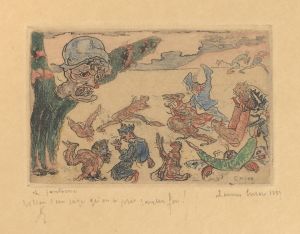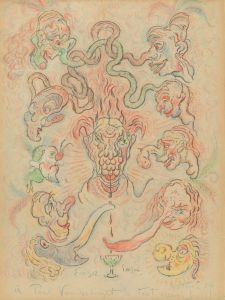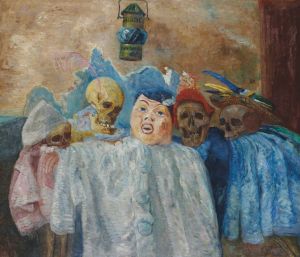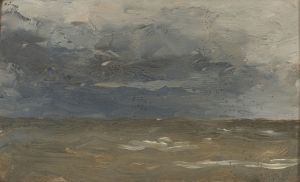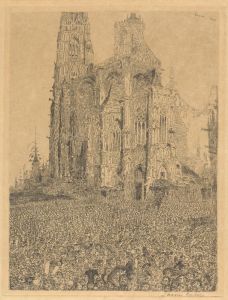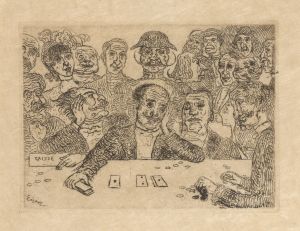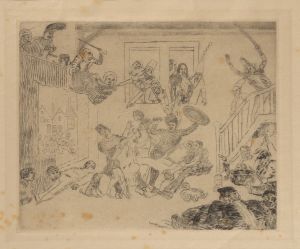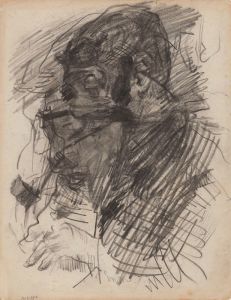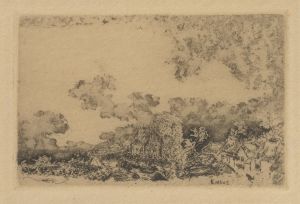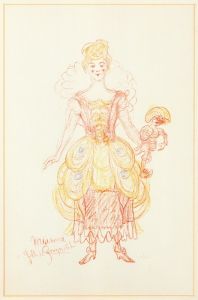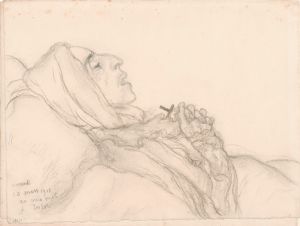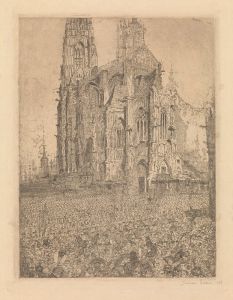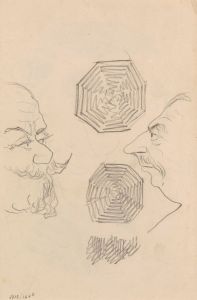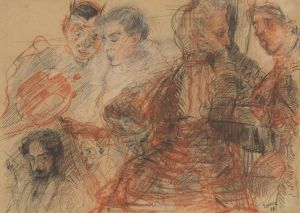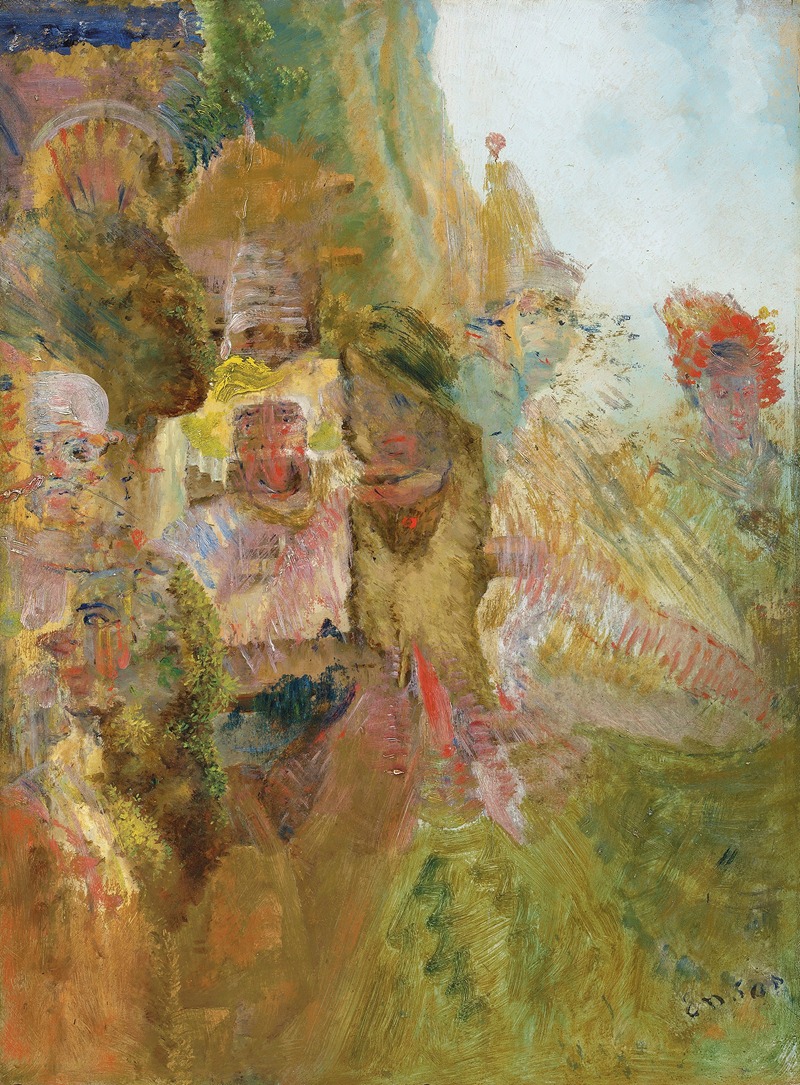
Scène carnavalesque
A hand-painted replica of James Ensor’s masterpiece Scène carnavalesque, meticulously crafted by professional artists to capture the true essence of the original. Each piece is created with museum-quality canvas and rare mineral pigments, carefully painted by experienced artists with delicate brushstrokes and rich, layered colors to perfectly recreate the texture of the original artwork. Unlike machine-printed reproductions, this hand-painted version brings the painting to life, infused with the artist’s emotions and skill in every stroke. Whether for personal collection or home decoration, it instantly elevates the artistic atmosphere of any space.
James Ensor's "Scène carnavalesque" is a notable work by the Belgian artist, who is renowned for his unique and often surreal depictions of carnival scenes and grotesque imagery. Ensor, born in 1860 in Ostend, Belgium, was a pivotal figure in the Symbolist movement and later influenced the development of Expressionism. His works are characterized by their vivid colors, intricate details, and a distinctive blend of the macabre and the whimsical.
"Scène carnavalesque" exemplifies Ensor's fascination with masks, a recurring motif in his oeuvre. Masks in Ensor's work often symbolize the hidden aspects of human nature, societal facades, and the duality of existence. This painting, like many of his carnival scenes, captures the chaotic and vibrant atmosphere of a carnival, filled with masked figures and fantastical elements. Ensor's use of masks can be interpreted as a critique of social conventions and the superficiality of human interactions.
The painting is executed with Ensor's characteristic bold brushwork and a palette that includes bright, often jarring colors. This use of color and form contributes to the unsettling yet captivating quality of the scene. The composition is typically dense, with a multitude of figures and activities vying for the viewer's attention, creating a sense of movement and energy that is both exhilarating and overwhelming.
Ensor's interest in carnival scenes can be traced back to his upbringing in Ostend, a coastal city known for its lively festivals and vibrant cultural life. The carnival, with its blend of the sacred and the profane, the real and the imagined, provided Ensor with a rich source of inspiration. It allowed him to explore themes of identity, mortality, and the absurdity of the human condition.
"Scène carnavalesque" is part of a broader body of work that includes other famous pieces such as "The Entry of Christ into Brussels in 1889" and "The Intrigue." These works collectively showcase Ensor's innovative approach to composition and his ability to convey complex psychological and social themes through the lens of carnival imagery.
Ensor's work was initially met with resistance and criticism from the conservative art establishment of his time. However, he gradually gained recognition for his originality and the emotional depth of his paintings. Today, Ensor is celebrated as a pioneer who pushed the boundaries of traditional art and paved the way for future avant-garde movements.
"Scène carnavalesque" remains a testament to Ensor's artistic vision and his ability to capture the chaotic beauty of the carnival. It invites viewers to reflect on the masks they wear in their own lives and the underlying truths that these masks may conceal. Through this painting, Ensor continues to engage audiences with his unique perspective on the human experience, making "Scène carnavalesque" a significant work in the history of modern art.





